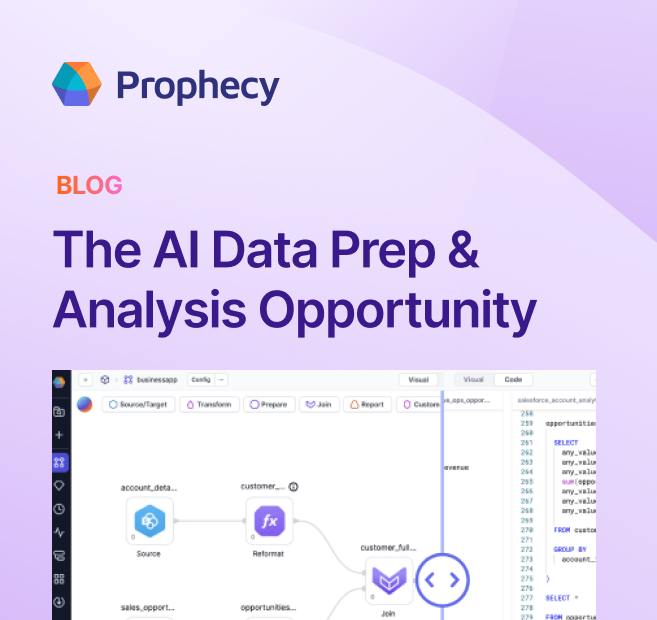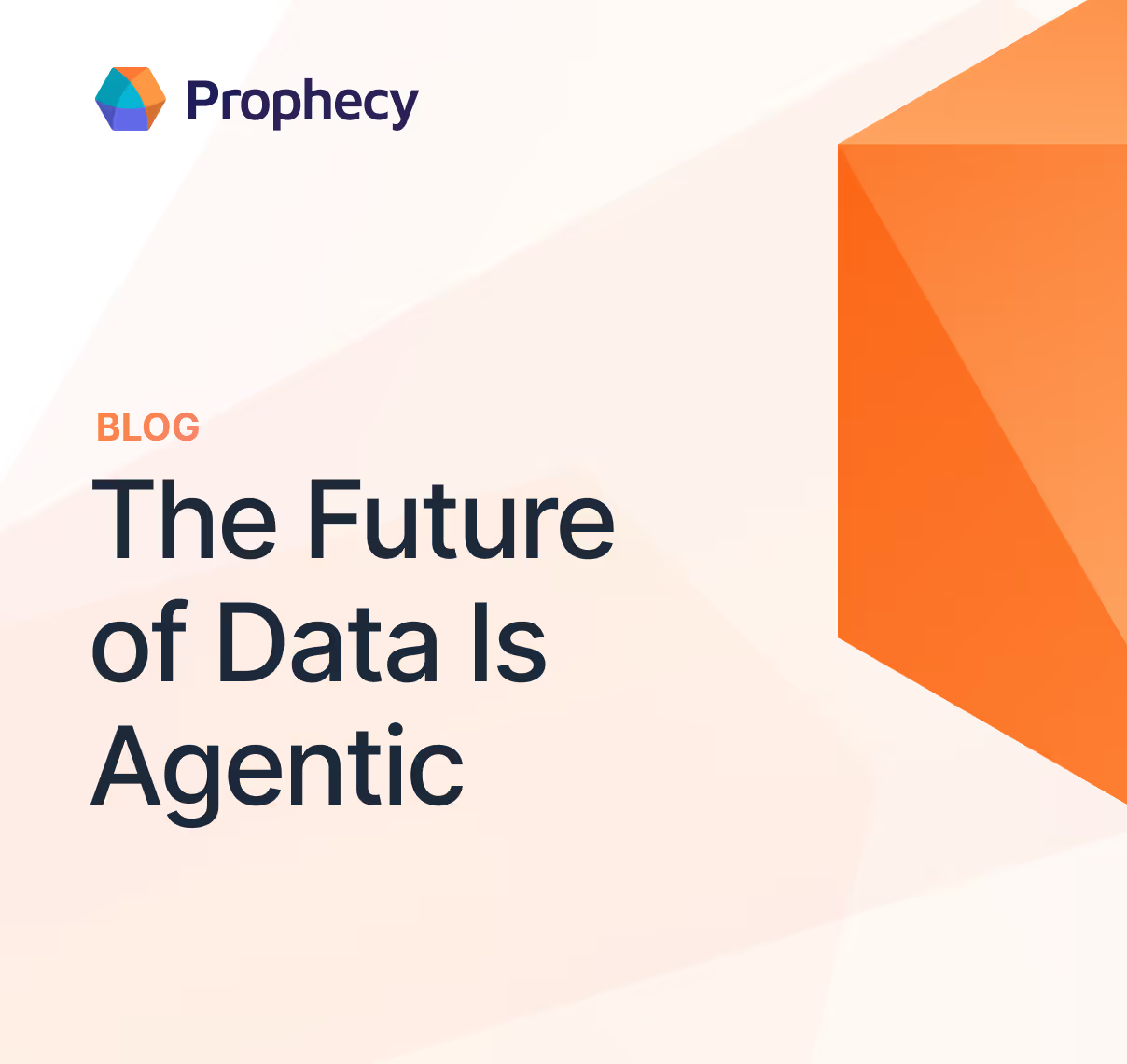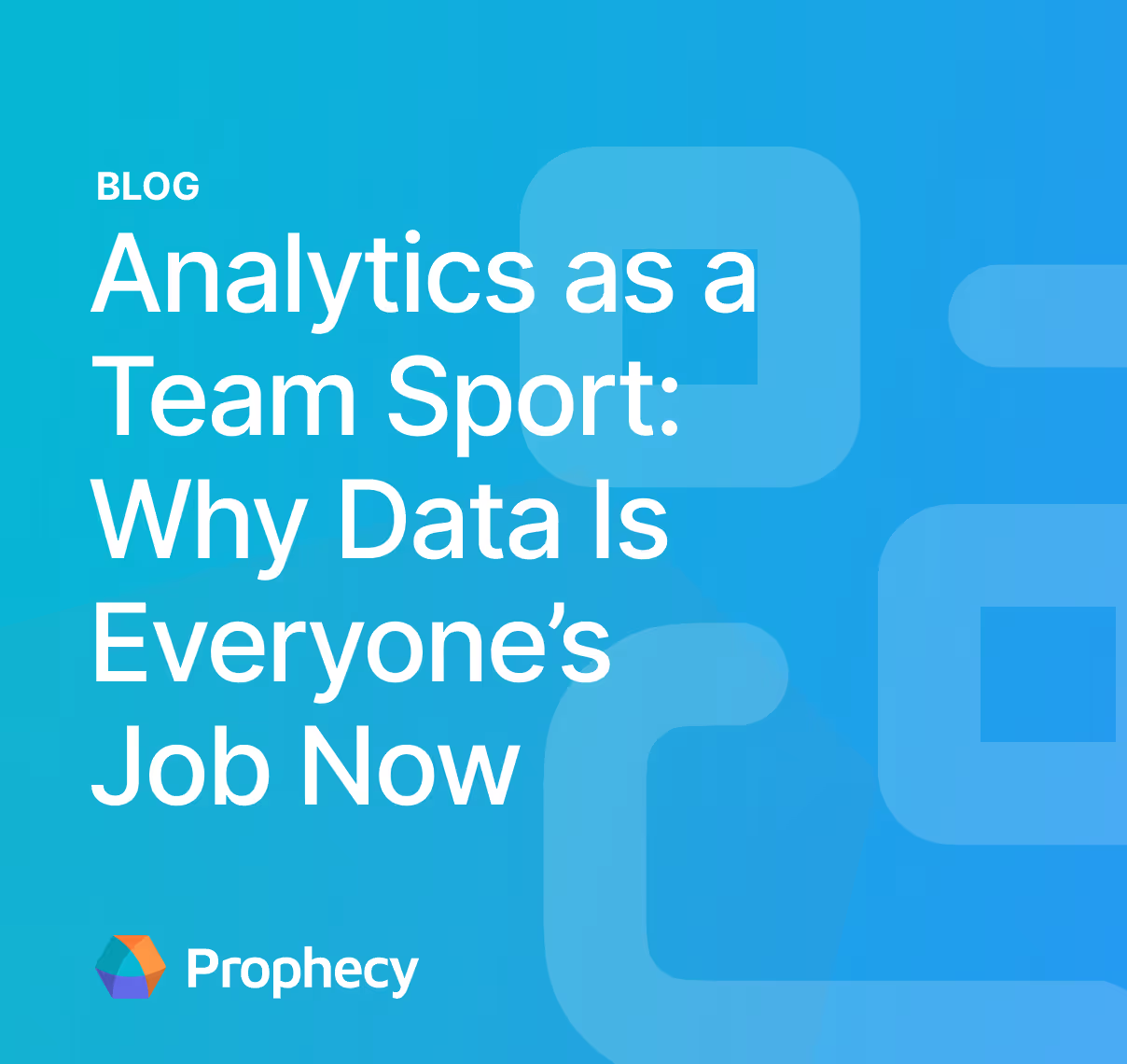How SLAs and Monitoring Frameworks Keep Data Reliable
Discover how SLAs and monitoring frameworks ensure data reliability, minimize risks, and maintain trust by setting clear targets and tracking pipeline performance.
Your organization's leaders need data they trust to make high-stakes decisions every day. When that trust erodes—even briefly—projects stall, compliance risks spike, and confidence across the company plummets. Leading platforms now treat data reliability as a first-class objective, measured with the same rigor as application uptime.
One effective approach to data reliability is formal service level agreements (SLAs) for data pipelines and processing. These translate business expectations into clear targets and provide a defined contract between data producers and consumers. Yet, an SLA on paper is powerless without proof. Real-time monitoring frameworks provide that evidence, continuously tracking pipeline health and surfacing data anomalies before they cascade into downstream failures.
Together, SLAs and monitoring create a feedback loop that sets expectations, measures performance, and alerts you to issues early, so the data guiding decisions is always dependable.
Data reliability and its relationship to data quality
Data reliability refers to the dependable performance of data systems that ensures information remains consistent and error-free over time. It is the foundation upon which data-driven organizations build their decision-making processes, as it measures the trustworthiness of data.
While data quality focuses on the correctness of individual data points, data reliability encompasses the entire delivery system and operational consistency. Data quality measures accuracy and completeness at specific points in time, while reliability ensures dependable performance over time. This guarantees that pipelines, systems, and storage mechanisms consistently deliver trusted information when needed. A dataset might be high-quality but unreliable if inaccessible during critical decision-making.
Data reliability extends beyond validation to include robust infrastructure that moves, transforms, and serves information without interruption. This is crucial in enterprise environments where diverse stakeholders depend on the same datasets for pivotal decisions.
The impact of unreliable data on enterprises
When the numbers you rely on are wrong, every downstream choice wobbles:
- Operational impact: A single broken pipeline pushes stale or incomplete figures into your dashboards and machine-learning models, steering product launches, pricing moves, or risk assessments off course. Consequently, your organization might miss revenue targets, squander market opportunities, and incur costly rework to untangle bad insights.
- Financial consequences: The financial hit doesn't end with lost opportunity. Each incident drags your engineers into fire-fighting mode, which can inflate operational spend. Organizations routinely absorb direct costs— like service credits, overtime, and cloud overages—simply to restore trust in "official" metrics.
- Regulatory exposure: If you're bound by regulations GDPR or HIPAA, you rely on precise lineage and audit-ready datasets. Gaps or inaccuracies can trigger fines and remediation mandates that dwarf the original issue. Unreliable information can become a compliance liability that exposes your organization to significant financial and legal consequences.
- Cultural damage: The most lasting damage is cultural. When stakeholders open a report and spot obvious errors, confidence in your team plummets. Over time, business users spin up their own extracts or spreadsheets, creating shadow IT ecosystems that further fracture governance and make every future integration harder. To restore trust after repeated failures, you will have to prove, through measurable reliability commitments, that the next insight is truly dependable.
Maintain trust in data with an SLA
When you need all teams to trust the same dataset, a promise isn't enough—you need a contract. An SLA is that contract, as it sets explicit standards for how information is produced, delivered, and maintained across your pipelines. It transforms vague concepts like "fast" or "accurate" into measurable targets that you can track every day. It also defines what "reliable" means for your business and holds everyone—engineers, analysts, even upstream application owners—accountable to those terms.
A well-crafted SLA turns vague hopes about quality into specific, trackable promises that anchor your entire reliability strategy. It does this by:
Defining clear expectations
These agreements set clear expectations by committing to concrete standards for accuracy, completeness, freshness, consistency, and availability. You might require that 98% of mandatory fields are populated or that datasets update within 15 minutes of source changes. This eliminates the gray areas that spark disputes between producers and consumers.
However, expectations only matter if you can measure them. Each reliability dimension becomes a service level indicator (SLI) with a target service level objective (SLO). A common pair might be "row-level mismatch rate of ≤ 0.5% over 30 days" or "99% freshness achieved each month." Because the thresholds are numeric, monitoring tools can continuously test the pipeline and alert you the moment an SLO is at risk.
Improving accountability and trust
Publishing clear metrics in an SLA creates accountability and prioritization. When an agreement states "pipeline uptime must remain above 99.9%," engineers know exactly where to focus their efforts, and business stakeholders gain a yardstick for judging performance. Breaching an objective is no longer an abstract failure; it's a dashboard notification and an incident ticket that someone owns.
This transparency builds trust faster than anything else. When data consumers can see live dashboards tracking SLIs, they don't need to wonder whether yesterday's report is still reliable. The agreement becomes a shared contract, not a hidden checklist, which strengthens the relationship between technical teams and business users.
The components of an effective SLA
An effective SLA starts by translating business goals into technical criteria. If marketing relies on hourly customer metrics, the agreement might commit to a maximum 60-minute end-to-end latency and 99.9% pipeline availability. These values should be determined based on what the business needs to operate, and are captured as SLIs and SLOs that your monitoring stack can measure at an appropriate frequency.
Once you know which business goals to target, you can create your SLA. It should cover four foundational elements:
- Agreement overview: Start with an agreement overview that provides a concise statement of purpose, spelling out the assets and pipelines in scope. This keeps the conversation focused and helps prevent scope creep.
- Service description: A service description should cover each pipeline's sources, destinations, refresh cadence, and dependencies. The more specific you are here, the easier it becomes to map business expectations to technical tasks.
- Stakeholder identification: Your SLA should list everyone involved—owners, platform engineers, business consumers—and provide clear escalation paths. When an incident occurs, you already know who answers the call.
- Exclusions: Finally, define exclusions that clearly outline what is out of scope, such as third-party sources or force majeure events. Setting boundaries up front avoids finger-pointing later.
By anchoring your SLA in these components, you give every team a shared, measurable definition of reliability. That clarity is the first step toward building the real-time monitoring and automated safeguards that will enforce the agreement day after day.
How monitoring frameworks support SLAs and data reliability
When you commit to an SLA, you're making a promise that specific metrics—like freshness, completeness, and availability—will stay within agreed targets. A monitoring framework keeps you honest by continuously collecting telemetry from every stage of your pipeline and surfacing it in near real time. It shows whether information is moving, processed, and delivered as expected.
Think of the SLA as the "what" and monitoring as the "how." You define an SLO—say, "99% of tables updated within 15 minutes"—and the framework turns that sentence into an automated check that fires every load cycle. When metrics approach SLA threshold limits, rules you configure trigger alerts, open tickets, or even roll back a faulty deployment. This direct link between measurement and response transforms SLAs from paperwork into living, enforceable contracts.
The core functions of monitoring frameworks
Your SLA becomes worthless without the right monitoring backbone. Continuous pipeline observation transforms reliability promises into measurable performance you can actually track and improve. This is possible through:
- Data validation and profiling: Validation and profiling act as your first line of defense. The system checks each incoming batch or stream against predefined rules—type constraints, range checks, and row counts—rejecting bad records before they contaminate downstream analytics. Platforms built for observability automate this process at scale, eliminating brittle manual scripts.
- Anomaly and drift detection: Perfect validation rules won't catch everything, which is why modern systems layer in anomaly-detection algorithms that flag sudden spikes in null values, duplicate rates, or processing latency. By comparing today's behavior with historical baselines, you catch subtle reliability issues before they hit your dashboards.
- Alerting and incident management: When issues surface, rapid alerting and incident management determine whether they stay contained or escalate into outages. Real-time monitors push context-rich notifications to Slack, PagerDuty, or email the moment an SLO threshold breaks. Integrated workflows then open tickets, route them to on-call engineers, and track time-to-resolution.
- Comprehensive visibility: Monitoring frameworks provide comprehensive visibility that keeps everyone aligned. Interactive dashboards aggregate validation results, open incidents, and SLA attainment in one place, giving you and your stakeholders a single source of truth. Tools even generate scheduled compliance reports, so demonstrating reliability to auditors or executives becomes a click, not a scramble.
- Data lifecycle integration: Seamless integration across the entire lifecycle is non-negotiable. Information moves through ingestion, transformation, and serving layers, and observability agents must instrument each hop. This lets you trace defects back to the exact job, table, or API that introduced them. Tight linkage powers root-cause analysis, shrinking mean time to recovery and preventing repeat offenses.
Give your entire organization access to reliable data with Prophecy
When you're ready to transform your data reliability commitments from theory into practice, you need a platform that makes SLA monitoring and enforcement feel effortless rather than overwhelming. Prophecy is a low-code data transformation platform that combines visual pipeline development with AI-powered assistance to generate high-quality Apache Spark and SQL code.
Here's how Prophecy helps you build the reliable data systems your organization depends on:
- Built-in data validation and profiling: Prophecy automatically validates incoming data against predefined rules at every stage of your pipeline, catching type constraints, range violations, and row count anomalies before they contaminate downstream analytics.
- Comprehensive pipeline observability: The platform provides end-to-end visibility into your data pipelines with built-in monitoring that tracks processing latency, data freshness, and pipeline health in real-time.
- Automated testing and CI/CD integration: Prophecy automatically generates tests for your data pipelines and integrates seamlessly with Git workflows, ensuring that every change goes through proper validation before reaching production.
- AI-Powered incident resolution: When pipeline issues do arise, Prophecy's AI assistant provides contextual recommendations for rapid troubleshooting, helping you quickly identify root causes and implement fixes.
Learn more about how Prophecy keeps data reliable while enabling self-service by watching our webinar, Implement Data Mesh with a Self-Serve Platform.
Ready to give Prophecy a try?
You can create a free account and get full access to all features for 21 days. No credit card needed. Want more of a guided experience? Request a demo and we’ll walk you through how Prophecy can empower your entire data team with low-code ETL today.
Ready to see Prophecy in action?
Request a demo and we’ll walk you through how Prophecy’s AI-powered visual data pipelines and high-quality open source code empowers everyone to speed data transformation
Get started with the Low-code Data Transformation Platform
Meet with us at Gartner Data & Analytics Summit in Orlando March 11-13th. Schedule a live 1:1 demo at booth #600 with our team of low-code experts. Request a demo here.
Related content
A generative AI platform for private enterprise data
Introducing Prophecy Generative AI Platform and Data Copilot
Ready to start a free trial?
Lastest posts

The AI Data Prep & Analysis Opportunity

The Future of Data Is Agentic: Key Insights from Our CDO Magazine Webinar


